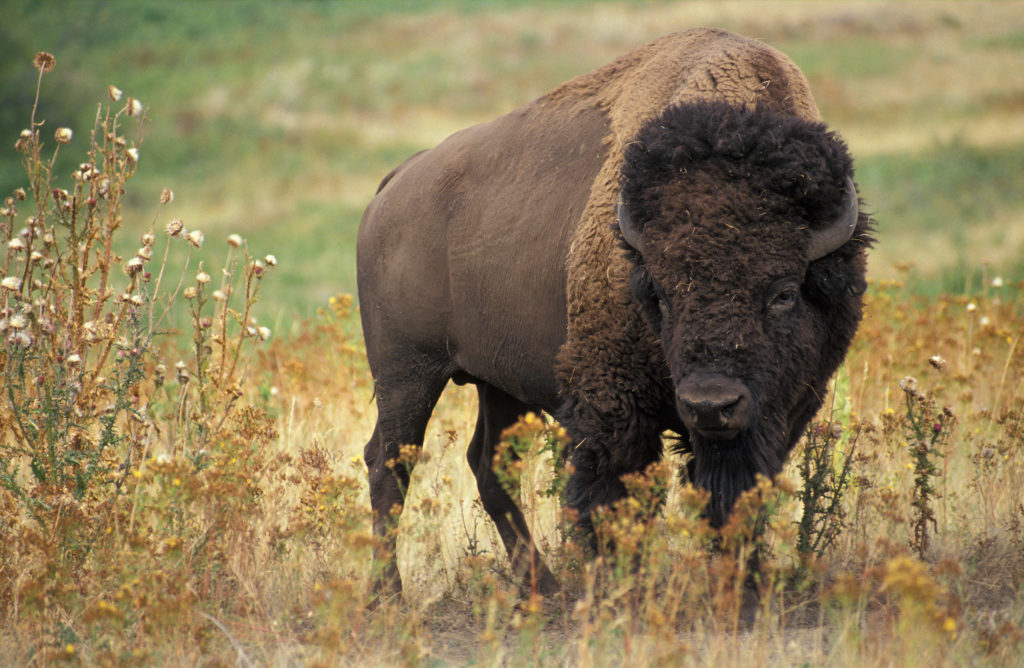Learn about the relationship between carbon sequestration and native grasses. This is Part 2 of a three-part mini-series in our Soil Series.
In “The Truth about Soil’s Ability to Sequester Carbon”, Successful Farming magazine recently explained how North America’s Corn Belt was once covered almost entirely by tallgrass prairies. Buffalo and other ruminants, animals that have a unique digestive process, ate these grasses, which helped to create the region’s fertile, carbon-rich soils. Because the buffalo roamed freely, overgrazing was uncommon.

Goodbye Grasses
Today, annual crops such as corn, wheat, and soybean have largely replaced the region’s native grasses. Between the fall harvest and the spring planting, the ground may remain bare. Some farmers plant cover crops, but the loss of native grasses has depleted the soil’s health. There’s also carbon sequestration to consider, which is why some farmers are now part of programs to replant native grasses.
Times may change, but there’s still a link between photosynthesis, carbon sequestration, and soil health. There’s also a relationship between the grasses that ruminants eat, the methane they produce during digestion, and the manure they deposit on grasslands. Manure helps grasses to grow, but it’s not all that ruminants produce.
Like the buffalo, cows emit methane, a greenhouse gas that’s often absent from discussions about carbon sequestration. In fact, even the U.S. Geological Survey (USGS) limits its definition of carbon sequestration to “the process of capturing and storing atmospheric carbon dioxide”.
So what’s the role of cows in carbon sequestration? Let’s think about things holistically. Part 3 of our mini-series explains.
You Might Also Like
What is Soil and Why Is It Important? Introducing the Soil Series